When it comes to flooring options, porcelain glazed tiles have become increasingly popular. This type of tile offers durability, versatility, and a wide range of customization options, making it suitable for various areas in both residential and commercial spaces. In this in-depth guide, we will delve into the world of porcelain glazed tiles. We’ll explore their composition, manufacturing process, benefits, installation methods, maintenance tips, and much more. So, let’s dive into the world of porcelain glazed tiles!
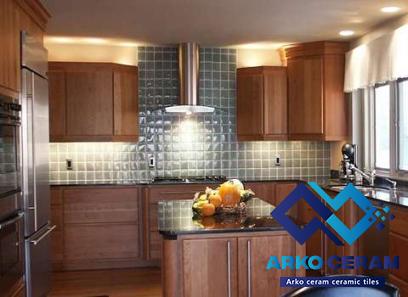
.
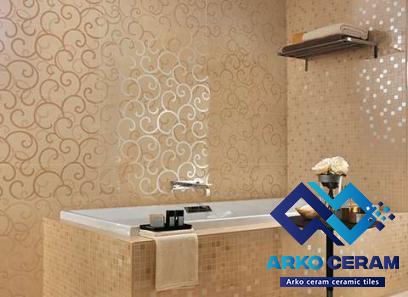 1. What are Porcelain Glazed Tiles? Porcelain glazed tiles are ceramic tiles that are often used for flooring and wall installations. They are made by firing a mixture of clay, mineral additives, and water at extremely high temperatures. This firing process creates a vitrified surface that is highly resistant to moisture, stains, and wear. The glaze applied to the surface of porcelain tiles helps to enhance their appearance, adding color, patterns, and texture. Glazing gives these tiles a shiny, reflective finish, making them visually appealing and suitable for a wide range of design styles. Main advantages: – Durability: Porcelain glazed tiles are known for their exceptional strength and durability. They can withstand heavy foot traffic, making them ideal for high-traffic areas like hallways, kitchens, and commercial spaces. – Water resistance: The vitrification process makes porcelain glazed tiles non-absorbent, making them highly resistant to moisture and staining.
1. What are Porcelain Glazed Tiles? Porcelain glazed tiles are ceramic tiles that are often used for flooring and wall installations. They are made by firing a mixture of clay, mineral additives, and water at extremely high temperatures. This firing process creates a vitrified surface that is highly resistant to moisture, stains, and wear. The glaze applied to the surface of porcelain tiles helps to enhance their appearance, adding color, patterns, and texture. Glazing gives these tiles a shiny, reflective finish, making them visually appealing and suitable for a wide range of design styles. Main advantages: – Durability: Porcelain glazed tiles are known for their exceptional strength and durability. They can withstand heavy foot traffic, making them ideal for high-traffic areas like hallways, kitchens, and commercial spaces. – Water resistance: The vitrification process makes porcelain glazed tiles non-absorbent, making them highly resistant to moisture and staining.
..
 This quality makes them perfect for bathrooms, kitchens, and other areas exposed to water. – Versatility: Porcelain glazed tiles come in a variety of colors, patterns, and finishes, allowing for endless design possibilities. Whether you prefer a classic, modern, or rustic look, porcelain tiles can cater to your aesthetic preferences. – Low maintenance: Due to their water resistance and durability, porcelain tiles are relatively easy to clean and maintain. Regular sweeping or vacuuming, coupled with occasional mopping, is usually sufficient to keep them looking their best. 2. Manufacturing Process of Porcelain Glazed Tiles The manufacturing process of porcelain glazed tiles involves several precise steps to ensure their strength and quality. a) Raw Material Preparation: The primary ingredients used in porcelain tiles are clay, feldspar, silica, and various minerals. These raw materials are carefully selected and mixed to create a uniform and homogeneous mixture.
This quality makes them perfect for bathrooms, kitchens, and other areas exposed to water. – Versatility: Porcelain glazed tiles come in a variety of colors, patterns, and finishes, allowing for endless design possibilities. Whether you prefer a classic, modern, or rustic look, porcelain tiles can cater to your aesthetic preferences. – Low maintenance: Due to their water resistance and durability, porcelain tiles are relatively easy to clean and maintain. Regular sweeping or vacuuming, coupled with occasional mopping, is usually sufficient to keep them looking their best. 2. Manufacturing Process of Porcelain Glazed Tiles The manufacturing process of porcelain glazed tiles involves several precise steps to ensure their strength and quality. a) Raw Material Preparation: The primary ingredients used in porcelain tiles are clay, feldspar, silica, and various minerals. These raw materials are carefully selected and mixed to create a uniform and homogeneous mixture.
…
 b) Milling and Blending: The mixture is then milled to form a powder. This fine powder is combined with water and other components, such as pigments and additives, to enhance the tile’s properties and aesthetics. c) Pressing: The mixture is then pressed under high pressure to form compacted green tiles. This process helps in achieving the desired thickness and shape. d) Drying: The pressed tiles are dried in special chambers to remove excess moisture and strengthen the structure. e) Glazing: Glaze is applied to the surface of the dried tiles to provide color, texture, and protection. The glaze is usually sprayed or poured over the tiles, and any excess is removed.
b) Milling and Blending: The mixture is then milled to form a powder. This fine powder is combined with water and other components, such as pigments and additives, to enhance the tile’s properties and aesthetics. c) Pressing: The mixture is then pressed under high pressure to form compacted green tiles. This process helps in achieving the desired thickness and shape. d) Drying: The pressed tiles are dried in special chambers to remove excess moisture and strengthen the structure. e) Glazing: Glaze is applied to the surface of the dried tiles to provide color, texture, and protection. The glaze is usually sprayed or poured over the tiles, and any excess is removed.

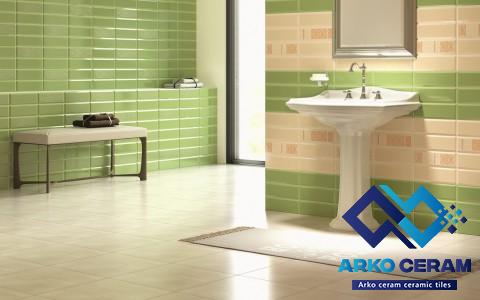
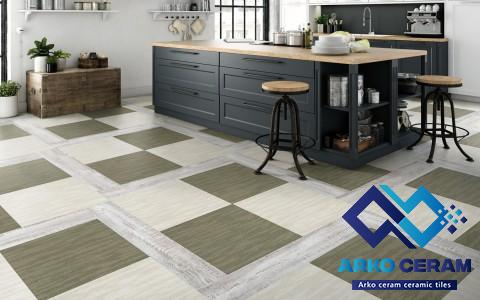
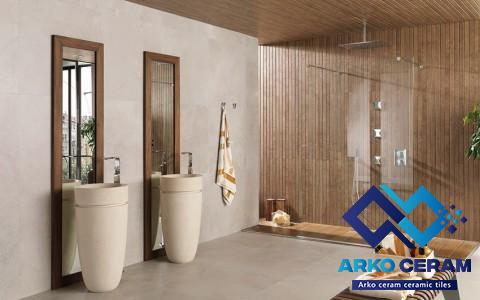



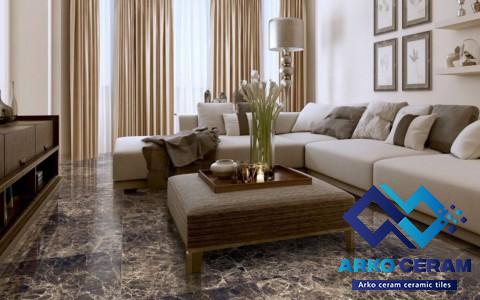
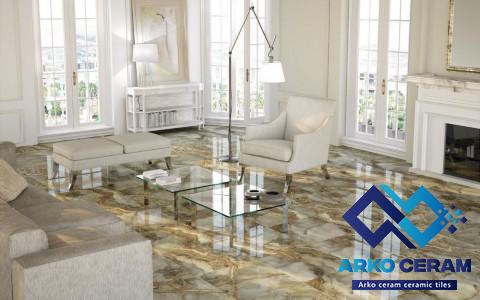
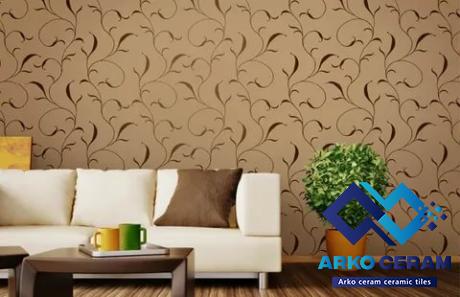
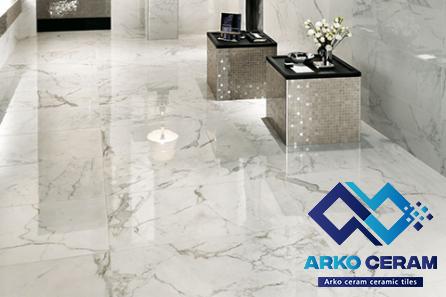
Your comment submitted.